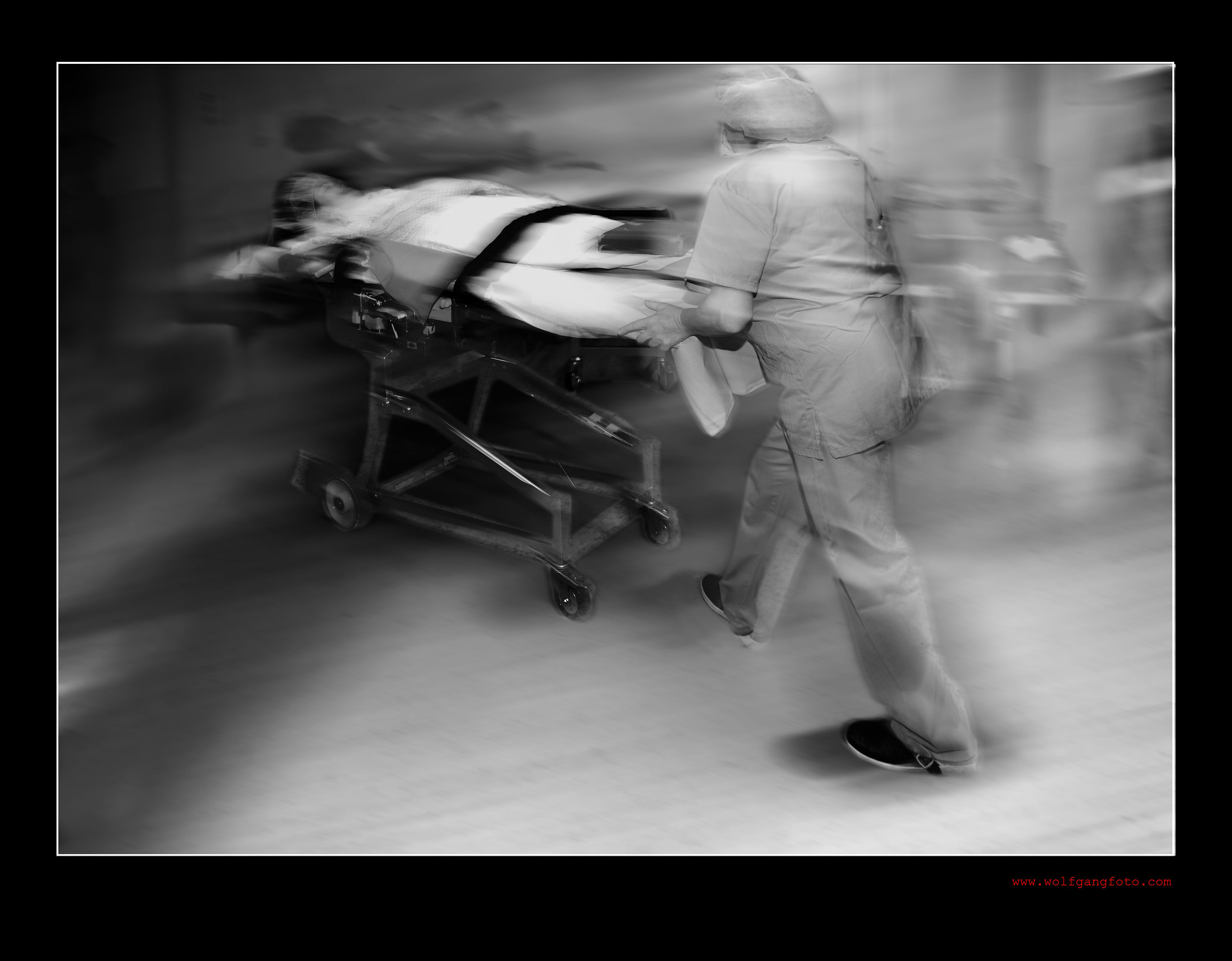Playlist
Show Playlist
Hide Playlist
Shock: Definition & Determinations
-
Emergency Medicine Shock.pdf
-
Download Lecture Overview
00:01 Hello. 00:02 Now, we're gonna talk about a general approach to shock. 00:04 We're gonna talk about specific causes of shock and how to manage specific diseases that lead to shock in other lectures, but this is gonna give you an overview of shock across the board. 00:14 So what is shock? Fundamentally, it's a mismatch between oxygen supply and oxygen demand. 00:22 And shock is really measured at the tissue level. 00:24 So shock occurs when individual tissues in the body receive inadequate oxygen supply to support their metabolic needs. 00:33 Now, well, shock is often associated with hypertension. 00:36 It's not the same thing as hypotension. 00:38 It's possible to be hypotensive without being in shock and it's also possible to have shock without hypotension. 00:46 We're gonna talk a little bit more about that. 00:47 So oxygen delivery is the primary determinant of shock state. 00:53 How much oxygen your lungs and your blood are able to deliver to your tissue is what determines whether or not your tissue is hypoxic and whether or not you are in shock. 01:07 So, what determines oxygen delivery? Very simply, it's cardiac output and arterial oxygen content. 01:14 So the delivery of oxygen is determined by your cardiac output times your arterial oxygen content. 01:24 What determines your cardiac output? Well, as you may remember from physiology, cardiac output is your heart rate times your stroke volume. 01:33 CO = HR x SV. 01:36 It's a classic physiology equation. 01:38 So your heart rate and your stroke volume determine how much blood your heart is sending out to the body. 01:43 So what determines your stroke volume? Preload is a major determinant. 01:49 So that's how much volume is in the ventricle at the end of diastole. 01:54 How full the ventricle is. 01:56 Myocardial contractility, that's how hard the ventricle squeezes to push that blood out to the body. 02:02 And then afterload, which is how much resistance the heart has to work against in order to send blood forward through the system. 02:12 I just wanna make a comment about preload and stroke volume because these two things are really closely related to one another. 02:19 And regardless of your contractility, regardless of how effectively the heart is working, the Frank-Starling Law tells us that stroke volume increases as your preload increases. 02:31 So as you increase the amount of blood in the heart at the end of diastole you're gonna actually increase the amount of blood that the heart sends out to the body. 02:41 Now, that's only up to a point. 02:43 You can't just put endless amounts of fluids into people and grossly distend the ventricle and expect it to squeeze harder, but up to a reasonable physiologic level the ventricle will give you more output for the more preload you have. 02:57 So that's the cardiac side. 02:59 How about arterial oxygen content? What determines that? Well, very simply, that's the oxygen saturation which is generated by the lungs and the amount of hemoglobin that's in the blood. 03:11 So your hemoglobin binds to your oxygen and that's how oxygen is delivered to tissues, so you need to have an adequate hemoglobin concentration and you need to have adequate lung function to saturate all of that hemoglobin. 03:26 So arterial oxygen content is hemoglobin times arterial oxygen saturation. 03:32 So let's just review what we've talked about physiologically. 03:36 So delivery of oxygen to tissue is what determines whether or not you're in a shock state that is determined by cardiac output and arterial oxygen content. 03:46 Cardiac output is your stroke volume times your heart rate. 03:50 Whereas arterial oxygen content is your hemoglobin times your saturation. 03:56 Stroke volume is influenced by preload, contractility and afterload which are all physiologic parameters that you as a physician can manipulate to help your patient. 04:06 And oxygen saturation is determined by your airway and breathing status which again are physiologic parameters that we can manipulate to assist our patients.
About the Lecture
The lecture Shock: Definition & Determinations by Julianna Jung, MD, FACEP is from the course Cardiovascular Emergencies and Shock.
Included Quiz Questions
What is the primary determinant of shock state?
- Oxygen delivery
- Oxygen demand
- Tissue demand
- Blood pressure
- Ischemia
Which of the following statements regarding cardiac output and oxygen delivery is NOT true?
- Cardiac output normally decreases as the stroke volume of the heart increases.
- Oxygen delivery is determined by cardiac output and arterial oxygen content.
- Cardiac output is determined by heart rate and stroke volume.
- Pre-load is a major determinant of stroke volume.
- Arterial oxygen content is determined by oxygen saturation and concentration of hemoglobin.
Customer reviews
5,0 of 5 stars
| 5 Stars |
|
1 |
| 4 Stars |
|
0 |
| 3 Stars |
|
0 |
| 2 Stars |
|
0 |
| 1 Star |
|
0 |
Good very good... thanks doc from indonesia, its very understandable




